Slurry Sealing for Pavement Protection

Spring offers optimal temperatures for slurry sealing, typically between 10°C and 25°C, ensuring proper curing and adhesion.
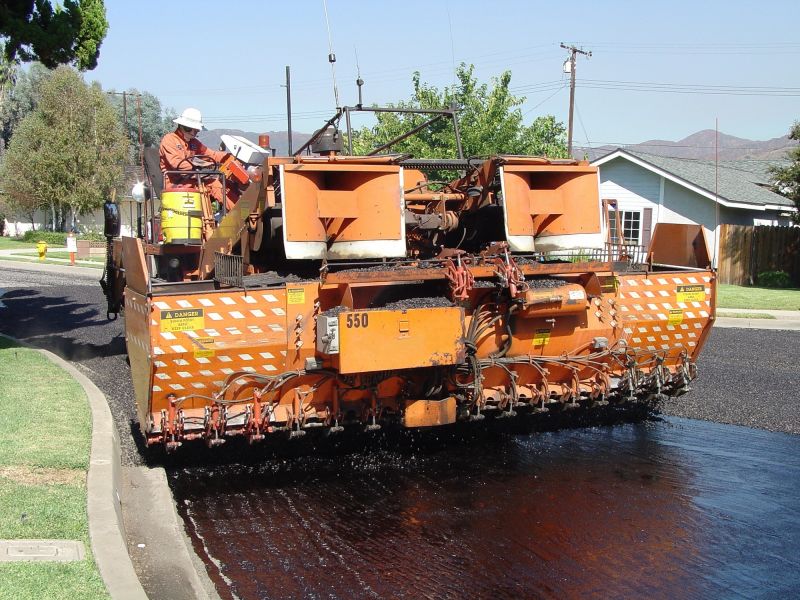
Summer provides warm, dry conditions that facilitate effective application, especially in regions with mild to hot climates.
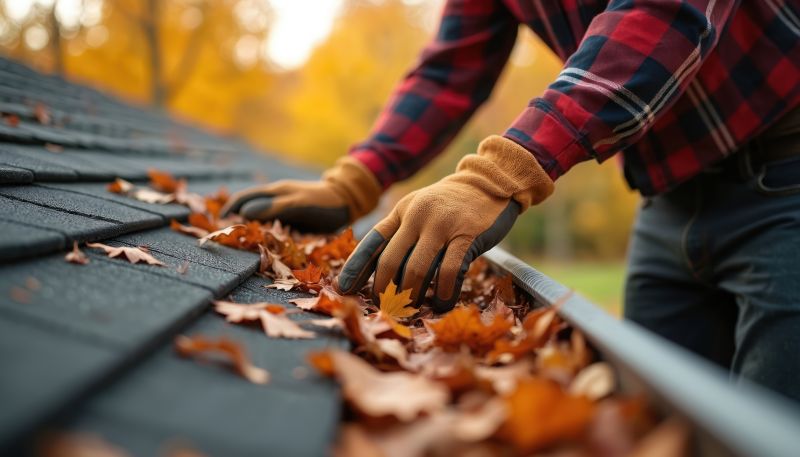
Autumn can be suitable if temperatures remain stable and there is minimal rainfall, aiding in proper setting and durability.
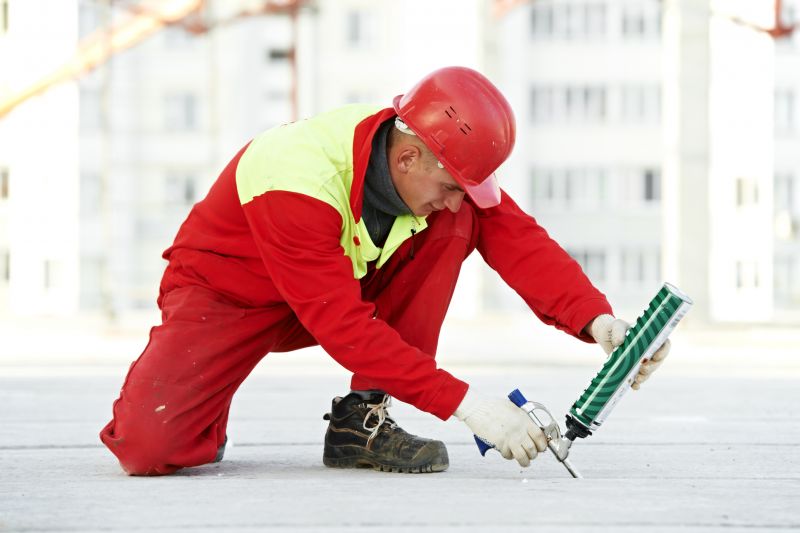
Ways to make Slurry Sealing Service work in tight or awkward layouts.
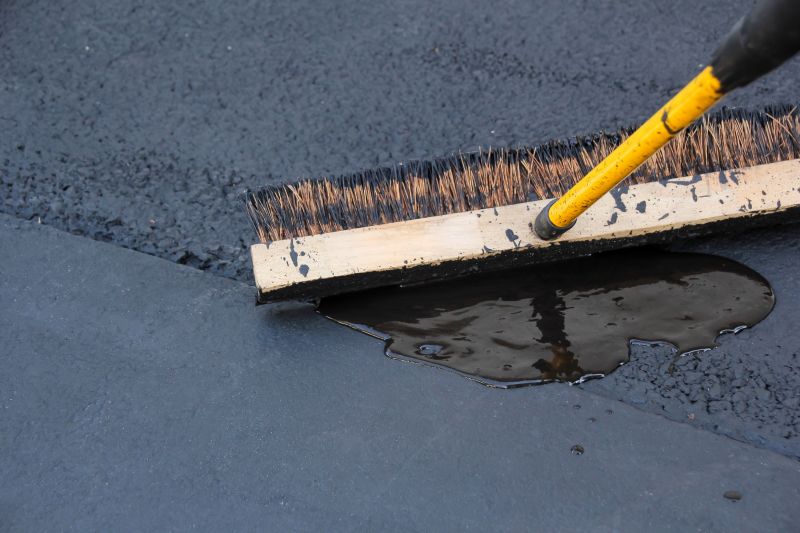
Popular materials for Slurry Sealing Service and why they hold up over time.
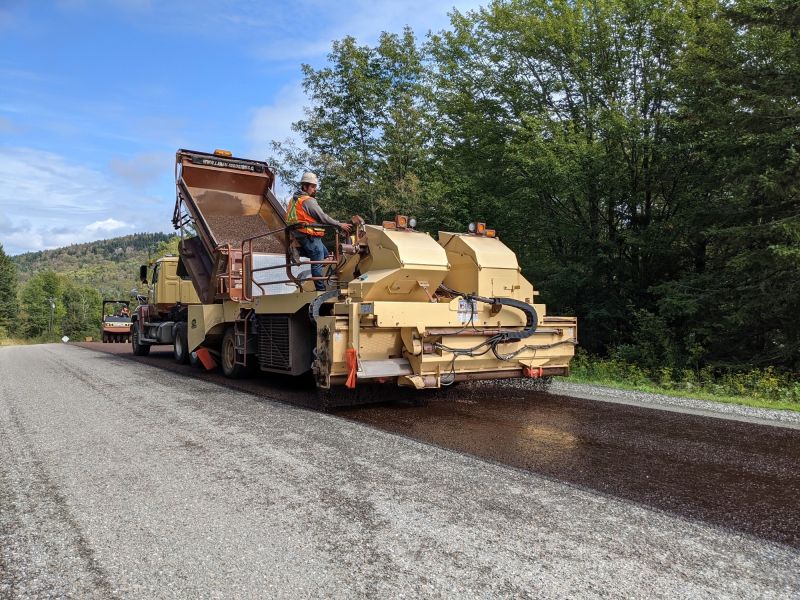
Simple add-ons that improve Slurry Sealing Service without blowing the budget.
Slurry sealing is a pavement preservation technique that involves applying a mixture of asphalt emulsion, fine aggregate, and additives to improve surface durability. It is commonly used to extend the lifespan of roads, parking lots, and driveways. The process provides a protective layer that seals cracks, reduces water infiltration, and enhances skid resistance. Proper timing of slurry sealing can significantly influence the effectiveness and longevity of the treatment, making seasonal considerations vital for optimal results.
Weather conditions such as temperature, humidity, and rainfall directly affect slurry sealing application and curing times.
Ideal temperatures for slurry sealing range from 10°C to 25°C, with lower or higher extremes potentially compromising adhesion and curing.
Applying slurry seal during or just before heavy rain can lead to poor adhesion and premature failure of the surface.
Timing surface preparation during dry, warm periods ensures better bonding and longer-lasting results.
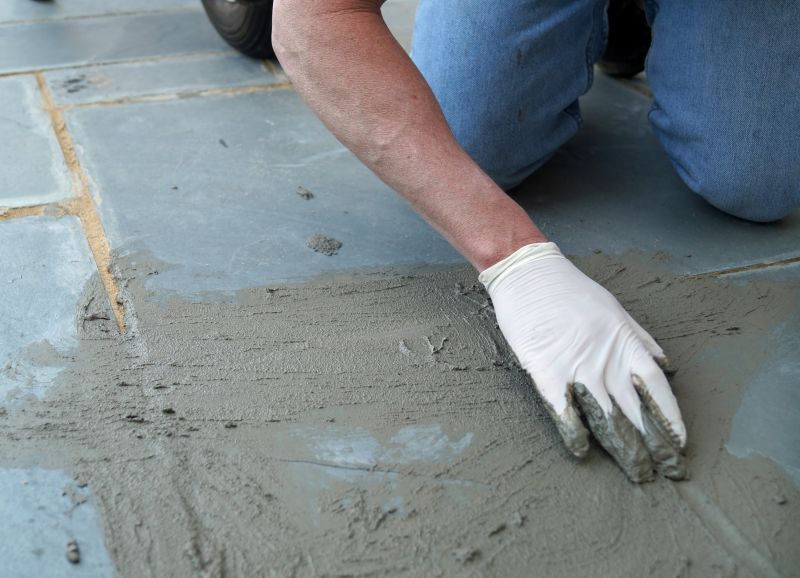
Ideal for warm, dry conditions that promote quick curing and durable finishes.

Suitable if temperatures remain stable and rainfall is minimal, ensuring proper adhesion.
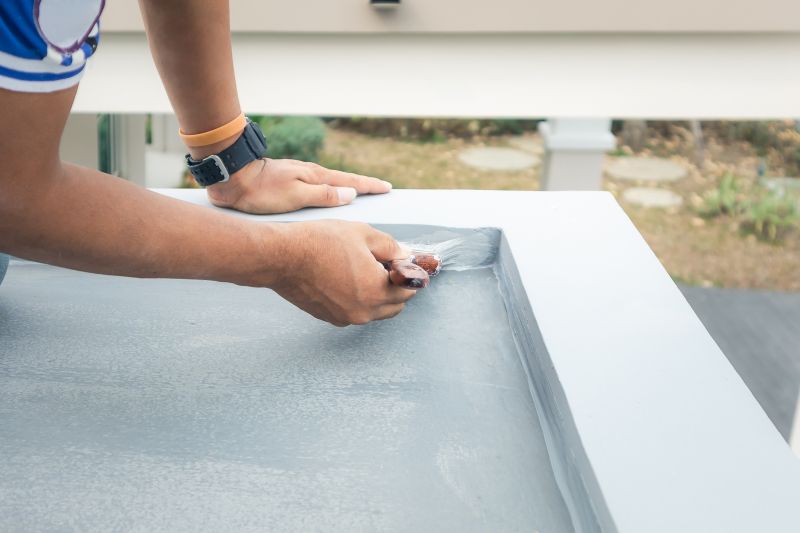
Effective when temperatures are rising and weather is transitioning to warmer months.

Consistent dry weather with moderate temperatures supports the best slurry sealing results.
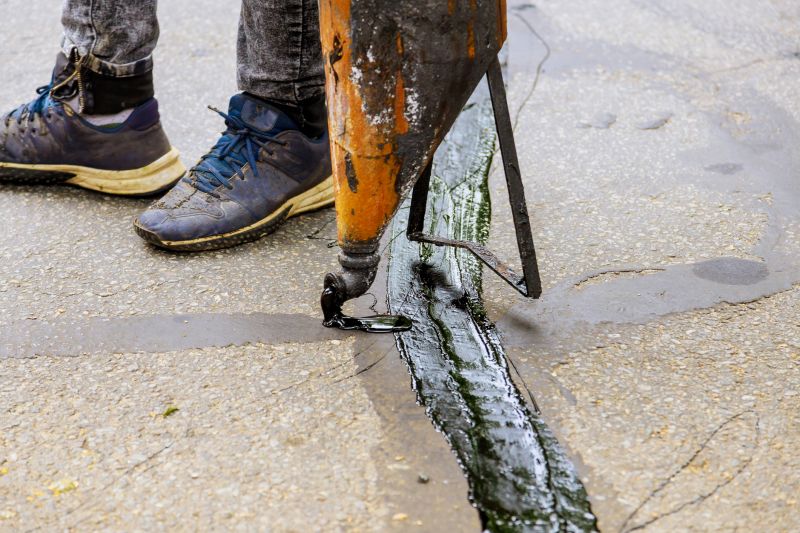
Cold and wet conditions hinder proper curing and can lead to surface failure.

Timing may vary based on local climate patterns, with some regions favoring specific seasons.
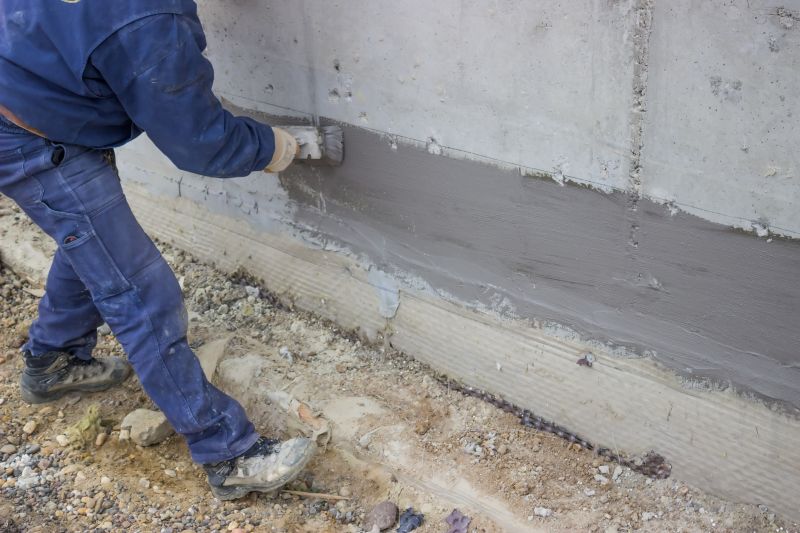
Applying during optimal weather conditions enhances resistance to cracking and water damage.
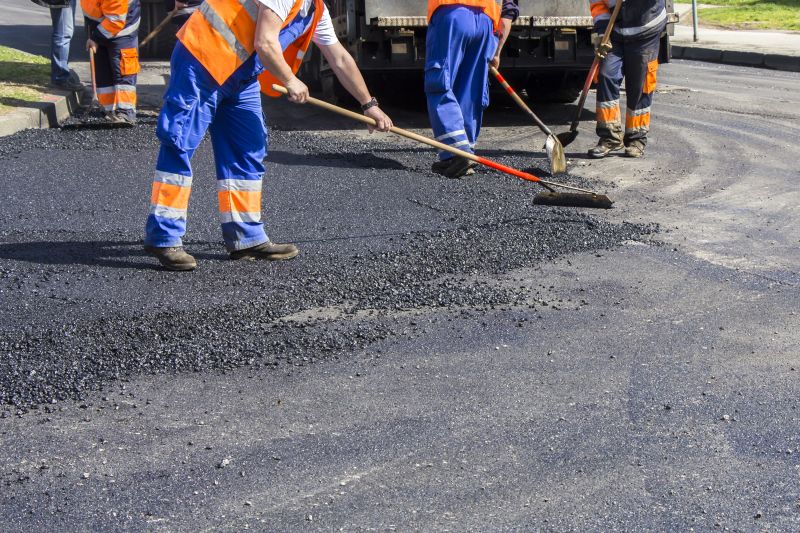
Planning slurry sealing in seasons with predictable weather reduces the risk of delays.
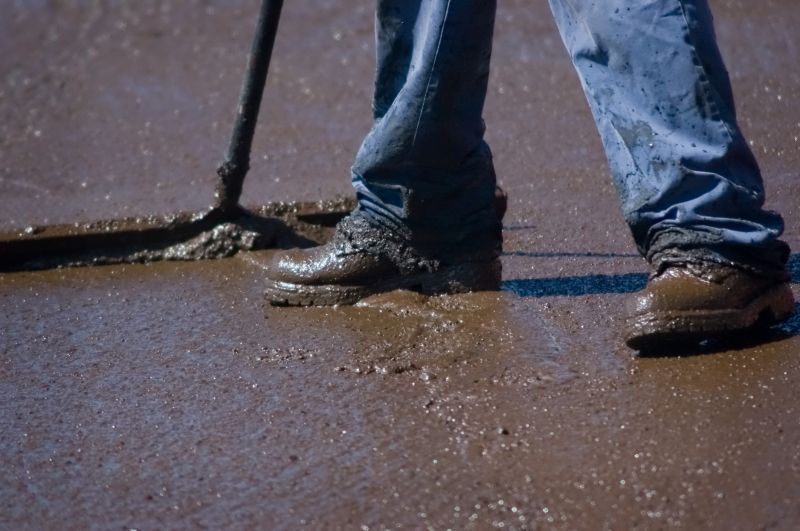
Allow sufficient curing time before opening to traffic, especially when applied in warmer months.
| Season | Recommended Conditions |
|---|---|
| Spring | Temperatures rising, minimal rain, dry conditions |
| Summer | Warm, dry weather with stable temperatures |
| Autumn | Stable temperatures, low rainfall, dry days |
| Winter | Cold and wet conditions are unsuitable |
Choosing the right season for slurry sealing depends on local climate patterns and current weather forecasts. Proper timing ensures maximum adhesion, effective curing, and long-lasting pavement protection. Consulting with pavement professionals can help determine the most suitable window for application, based on seasonal weather trends and site-specific conditions.
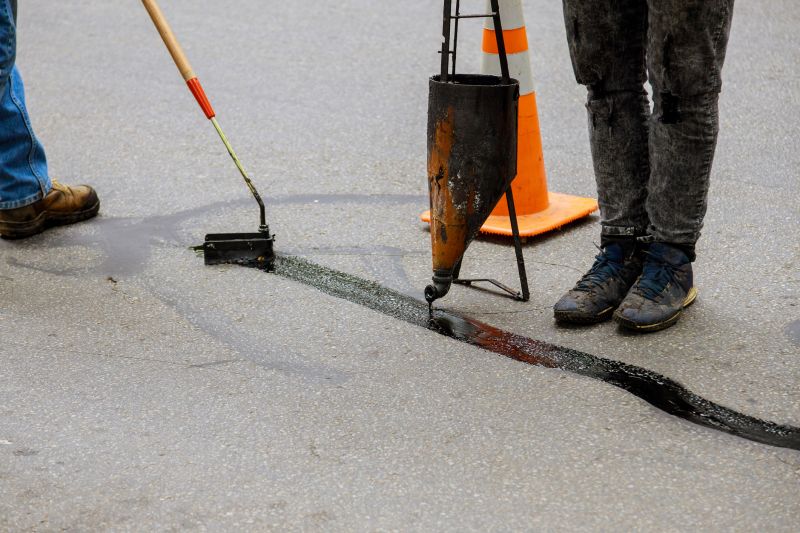
Application during optimal weather conditions ensures a smooth, durable surface.

Continuous weather assessment helps in scheduling slurry sealing effectively.
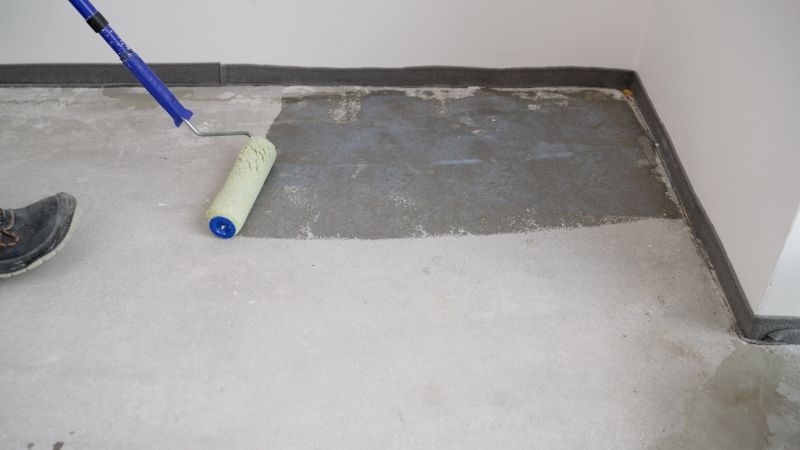
Warm, dry days support quick curing and better surface performance.
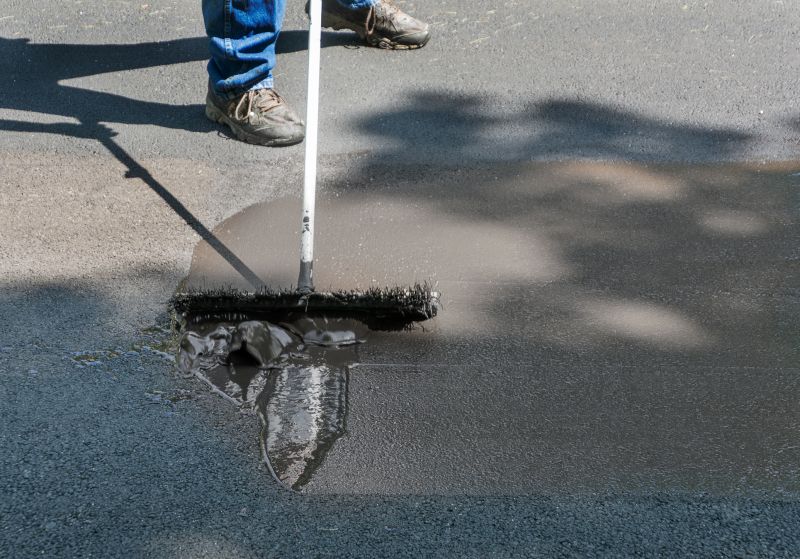
Aligning application with favorable seasons maximizes pavement lifespan.
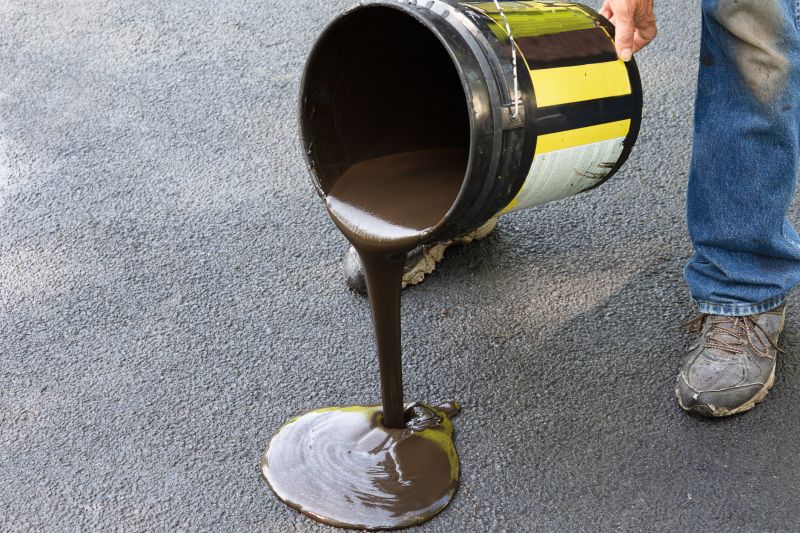
High-end options that actually feel worth it for Slurry Sealing Service.
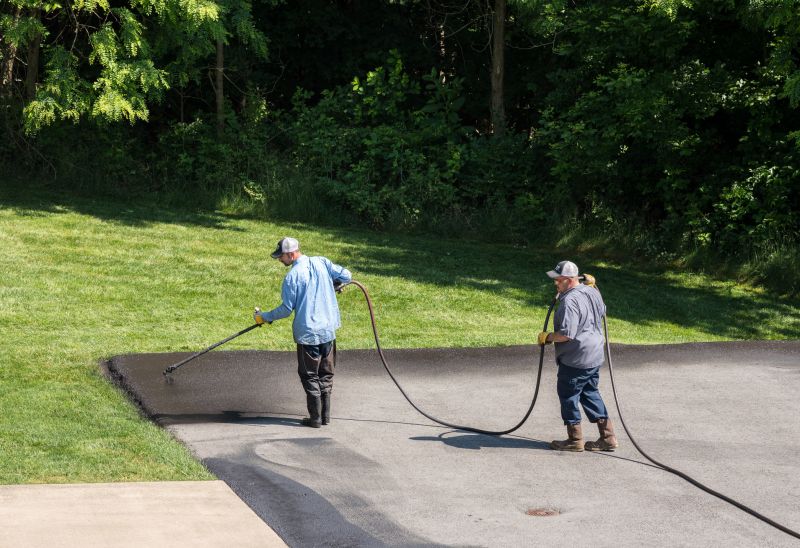
Finishes and colors that play nicely with Slurry Sealing Service.

Little measurements that prevent headaches on Slurry Sealing Service day.

A 60-second routine that keeps Slurry Sealing Service looking new.
Interested parties can contact professionals to discuss the best timing for slurry sealing projects. Proper scheduling based on seasonal conditions can improve the longevity and performance of the sealed surface. It is recommended to plan applications during periods with stable, warm, and dry weather to achieve optimal results.



